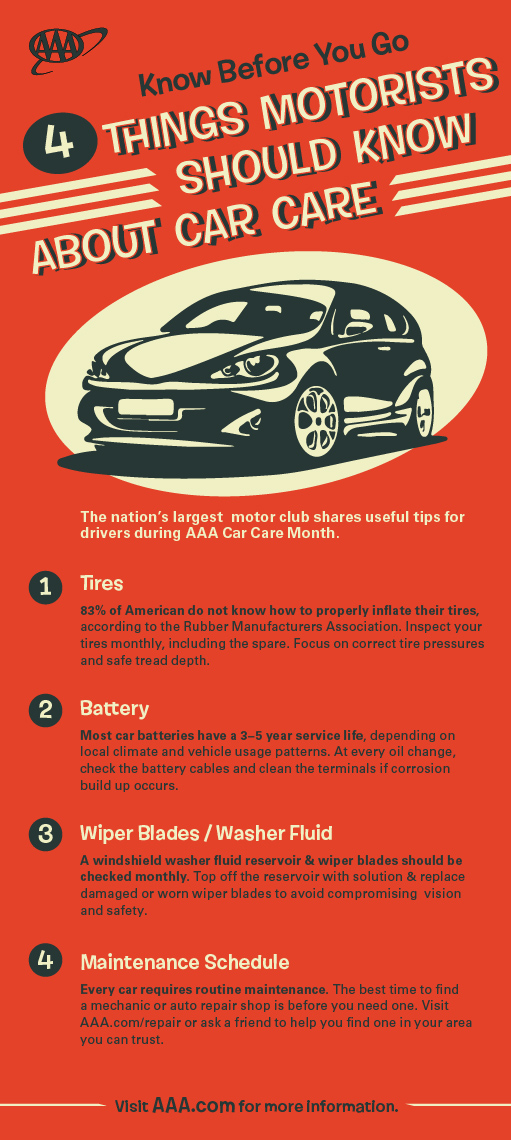Wondering About The Significance Behind Those Control Panel Caution Lights? Gain Understandings Into Their Ramifications For Your Vehicle'S Safety And Security And Upkeep
Wondering About The Significance Behind Those Control Panel Caution Lights? Gain Understandings Into Their Ramifications For Your Vehicle'S Safety And Security And Upkeep
Blog Article
Web Content Writer-Sykes Stark
When you lag the wheel, those beautiful caution lights on your control panel can be a little bit complicated. Do you understand what they're trying to inform you concerning your cars and truck's wellness? Recognizing the importance of these lights is essential for your safety and security and the long life of your car. So, the next time one of those lights pops up, would not you want to decode its message precisely and take the required actions to resolve it?
Common Caution Lighting and Interpretations
Recognize common caution lights in your automobile and recognize their significances to make certain secure driving.
One of the most common warning lights include the check engine light, which indicates issues with the engine or exhausts system. If this light comes on, it's vital to have your vehicle inspected immediately.
The oil stress alerting light shows low oil stress, needing prompt attention to avoid engine damages.
A flashing battery light may recommend a defective billing system, potentially leaving you stranded otherwise resolved.
The tire stress surveillance system (TPMS) light alerts you to reduced tire pressure, influencing car security and gas performance. Overlooking this could bring about unsafe driving problems.
The abdominal muscle light indicates a problem with the anti-lock stopping system, compromising your capacity to quit promptly in emergencies.
Last but not least, the coolant temperature level advising light warns of engine getting too hot, which can result in extreme damages otherwise settled promptly.
Understanding these usual warning lights will certainly help you address issues quickly and keep risk-free driving problems.
Value of Prompt Focus
Comprehending the typical warning lights in your automobile is only the initial step; the significance of promptly dealing with these warnings can't be highlighted sufficient to ensure your security when driving.
When a warning light brightens on your control panel, it's your cars and truck's means of interacting a potential problem that requires focus. Disregarding these warnings can lead to more serious troubles down the road, jeopardizing your security and possibly costing you a lot more in repairs.
Trigger focus to warning lights can protect against malfunctions and crashes. For https://brake-check27395.blogrenanda.com/36204384/essential-equipment-for-every-vehicle-repair-work-organization-to-run-properly , a blinking check engine light could show a misfire that, if left unattended, could cause damages to the catalytic converter. Resolving this quickly can save you from a pricey fixing.
In a similar way, a brake system cautioning light may signify reduced brake liquid or worn brake pads, important elements for your security when driving.
Do It Yourself Troubleshooting Tips
If you notice a caution light on your control panel, there are a couple of do it yourself troubleshooting suggestions you can attempt prior to looking for specialist help.
The initial step is to consult your auto's guidebook to comprehend what the certain warning light shows. Often the problem can be as simple as a loosened gas cap setting off the check engine light. Tightening up https://www.kbb.com/car-advice/how-to-use-paddle-shifters/ may resolve the trouble.
An additional typical concern is a reduced battery, which can activate numerous advising lights. Examining the battery links for rust and ensuring they're safe may repair the problem.
If a warning light continues, you can try resetting it by detaching the car's battery for a couple of minutes and then reconnecting it. In addition, examining your lorry's liquid levels, such as oil, coolant, and brake liquid, can assist repair warning lights associated with these systems.
Conclusion
To conclude, understanding your car's warning lights is vital for keeping your lorry running efficiently and securely. By promptly resolving these signals and knowing what they imply, you can avoid pricey fixings and potential malfunctions.
Remember to consult your auto's handbook for specific information on each warning light and take action accordingly to ensure a hassle-free driving experience.
Keep educated, stay safe when traveling!
